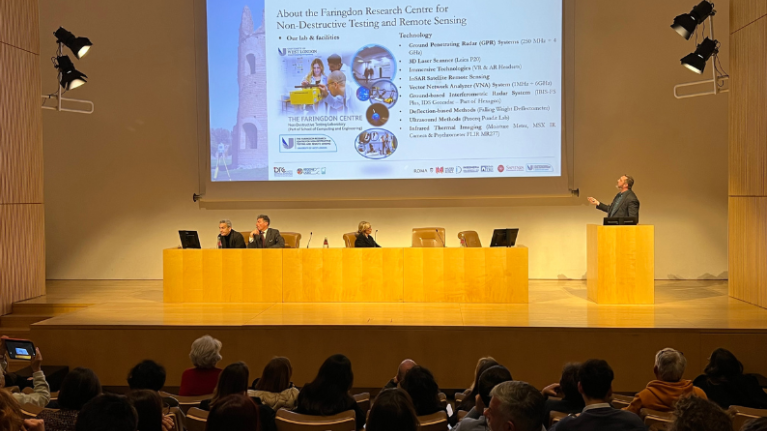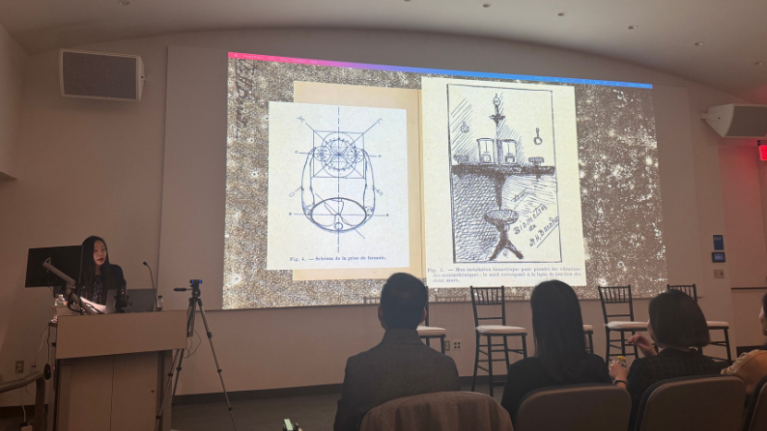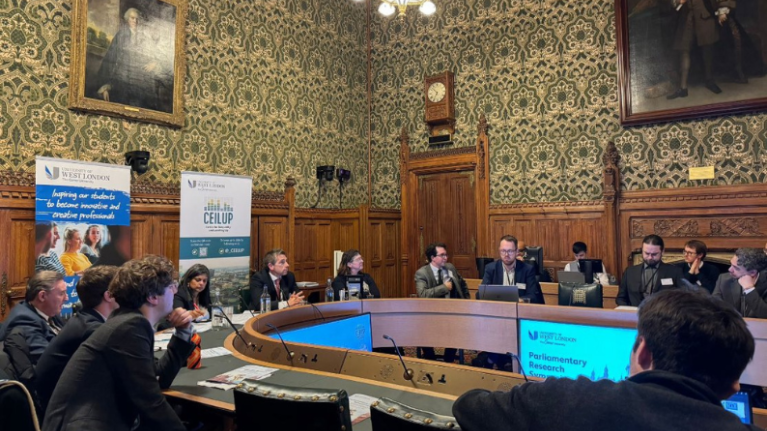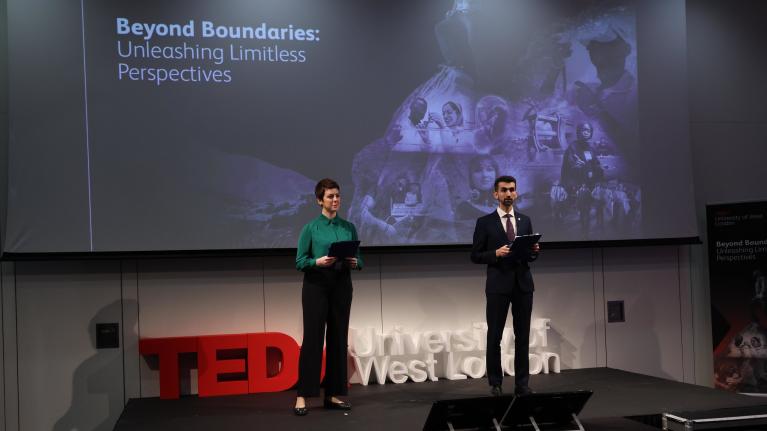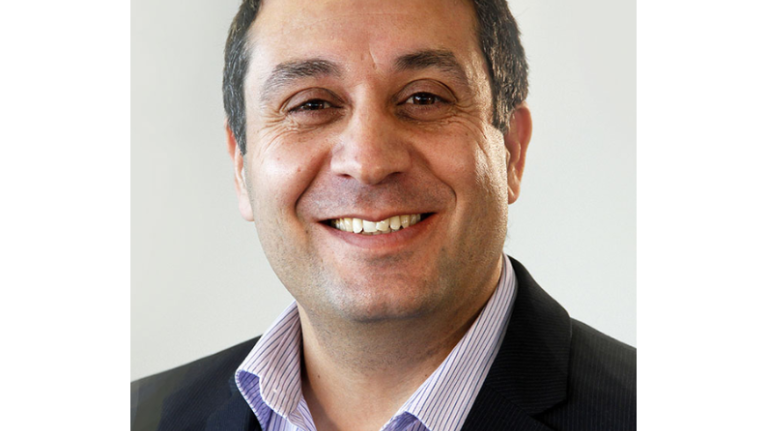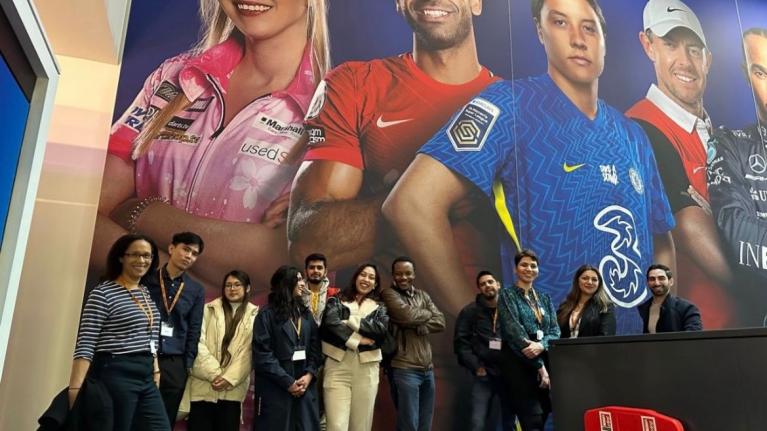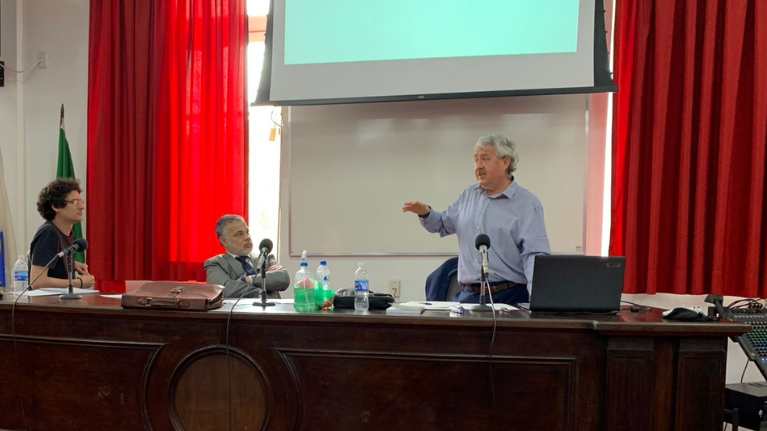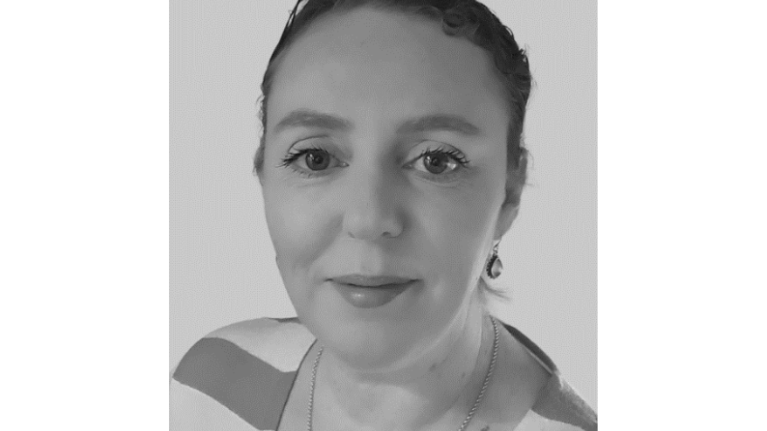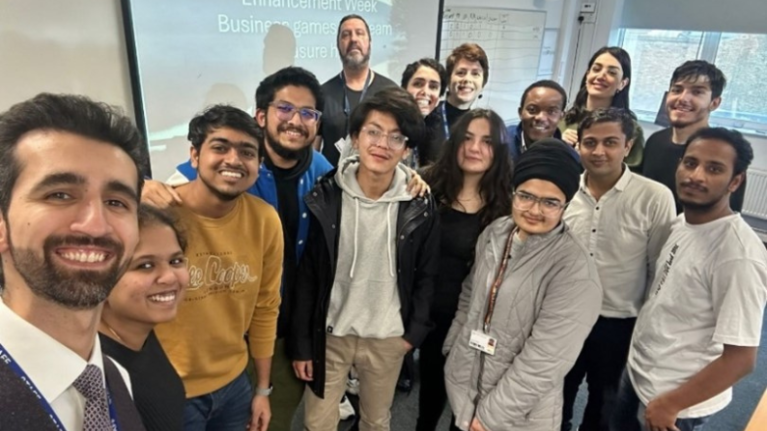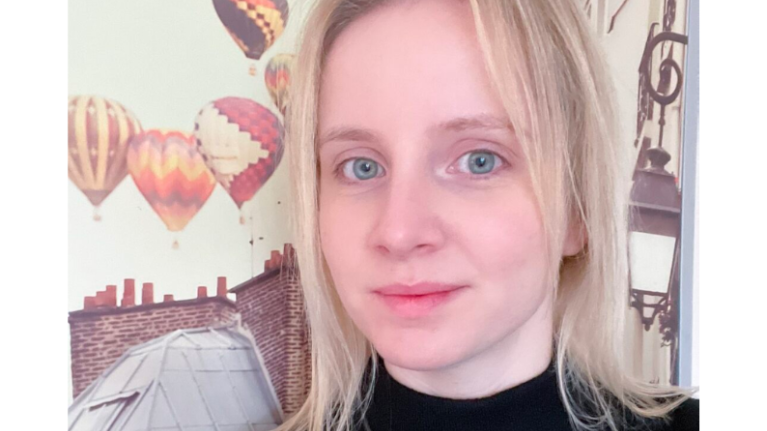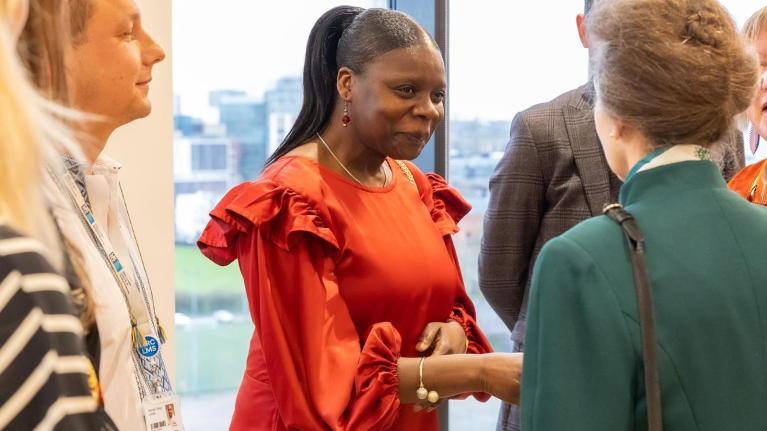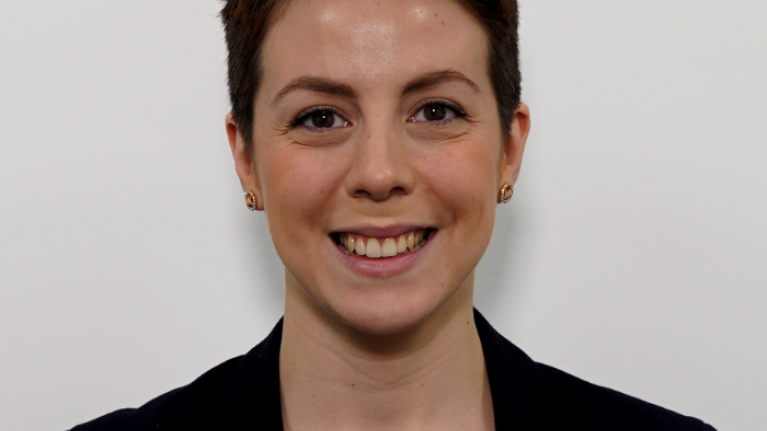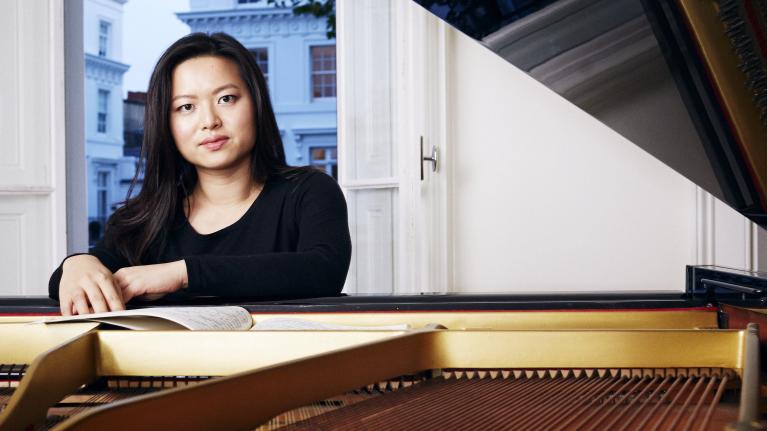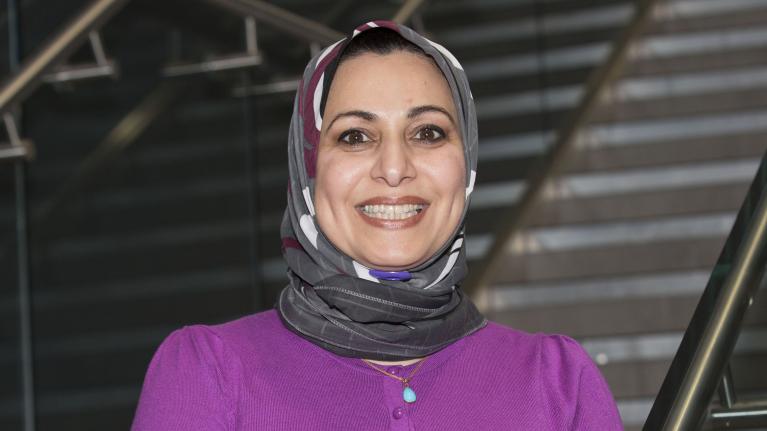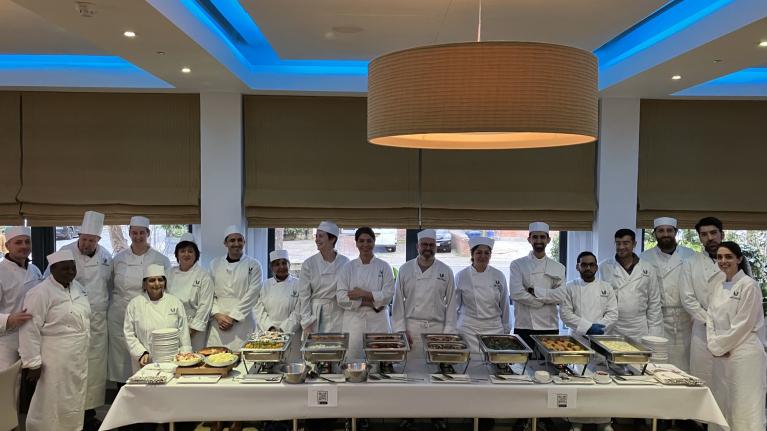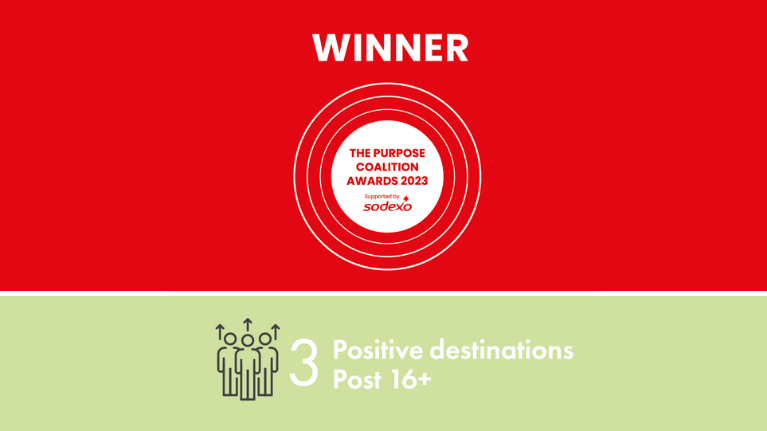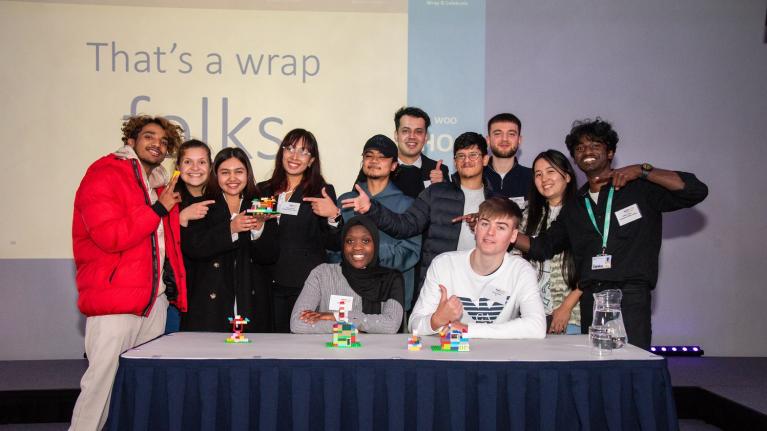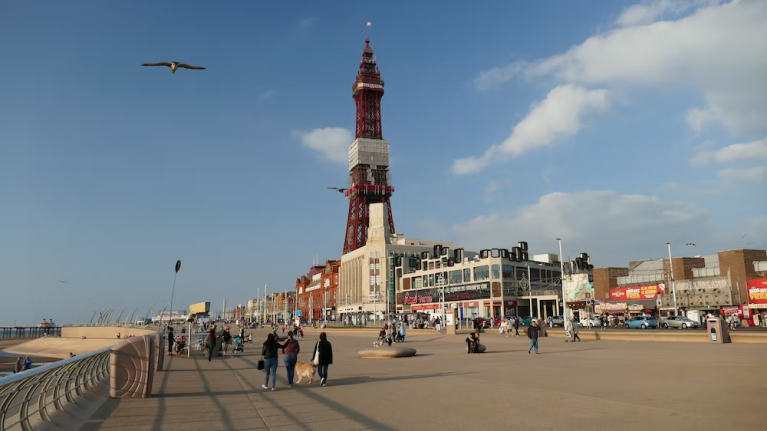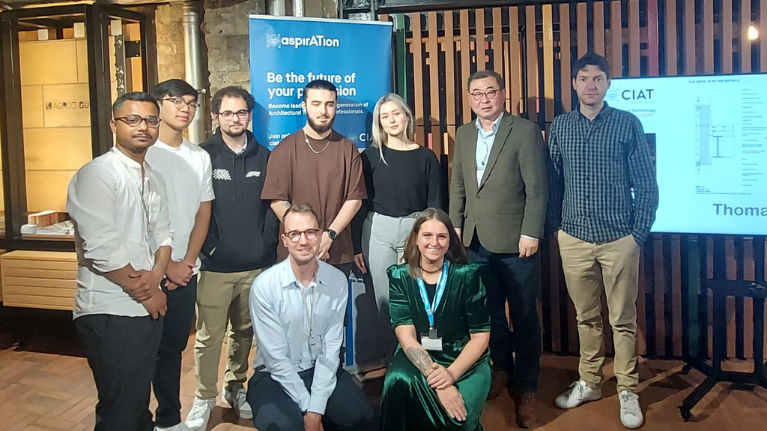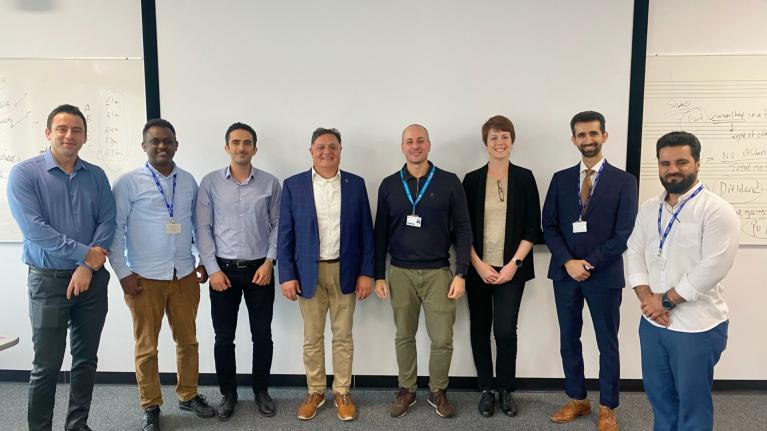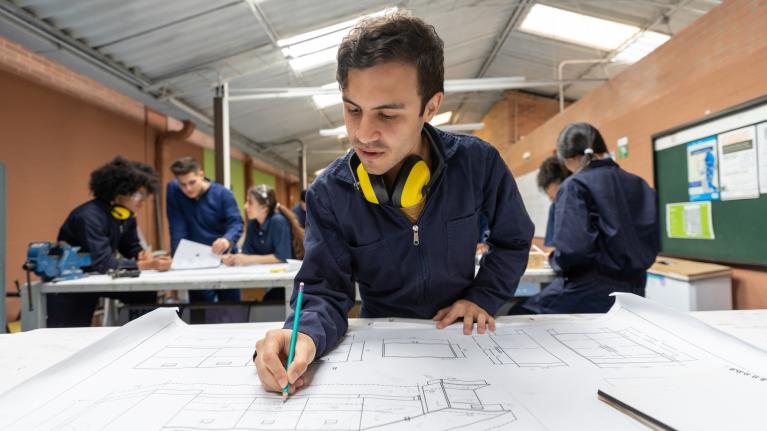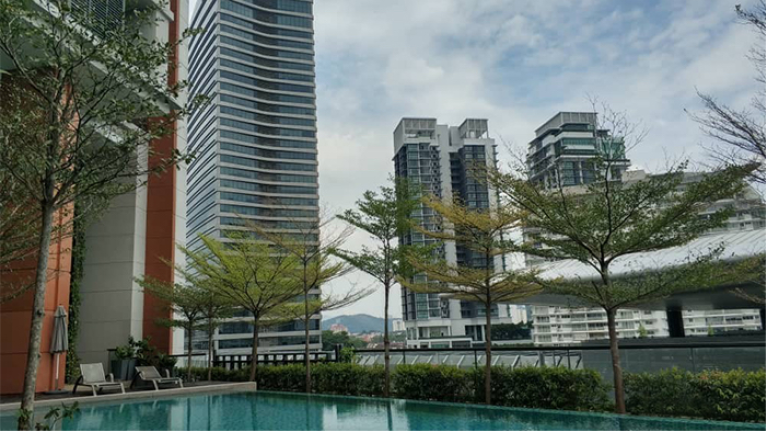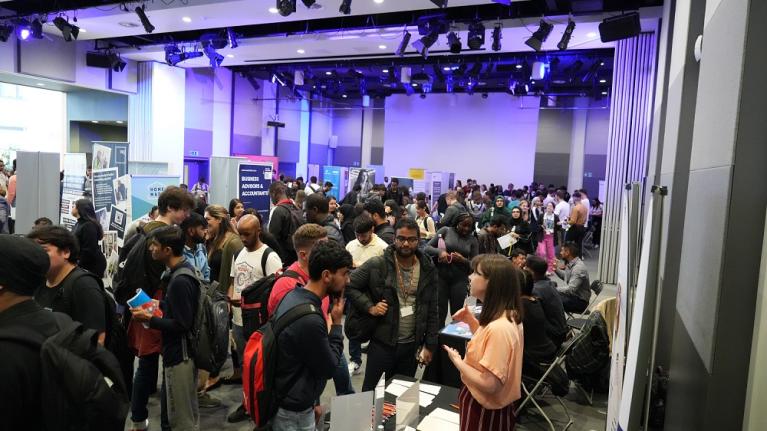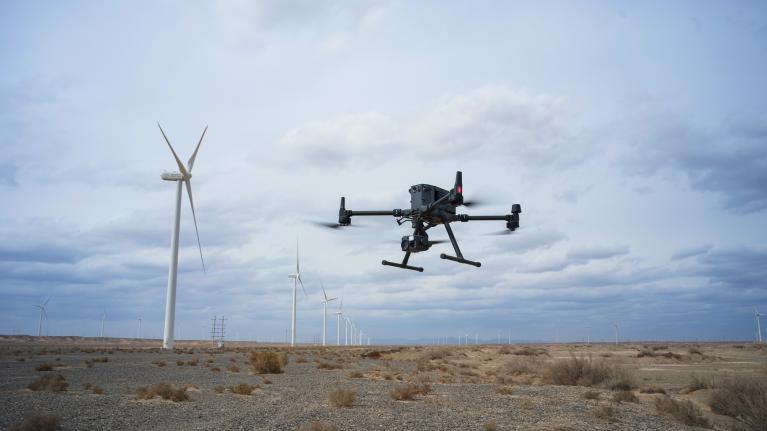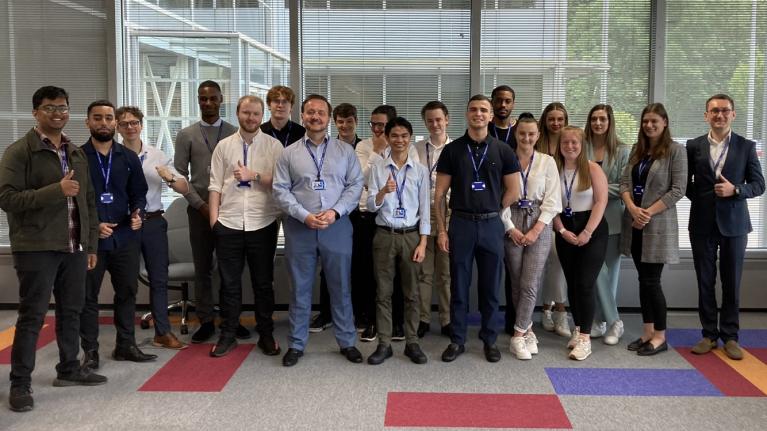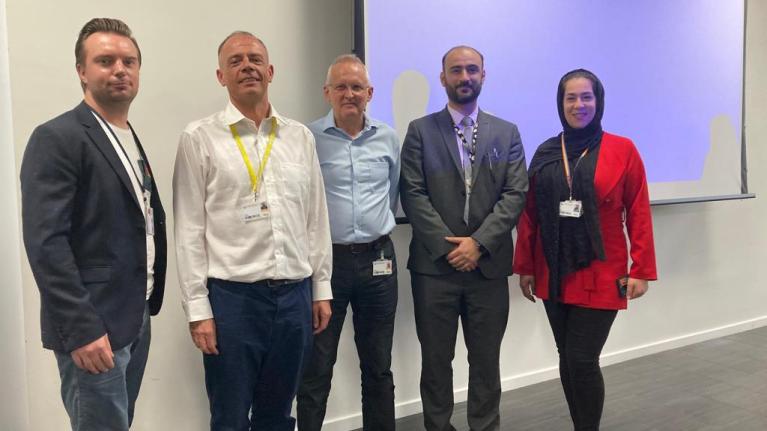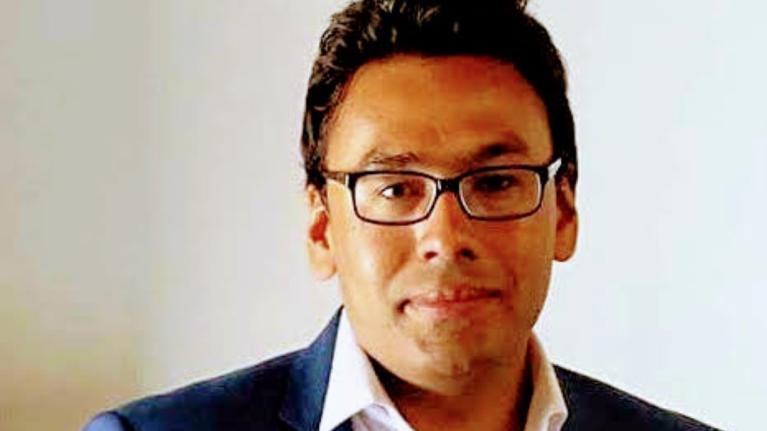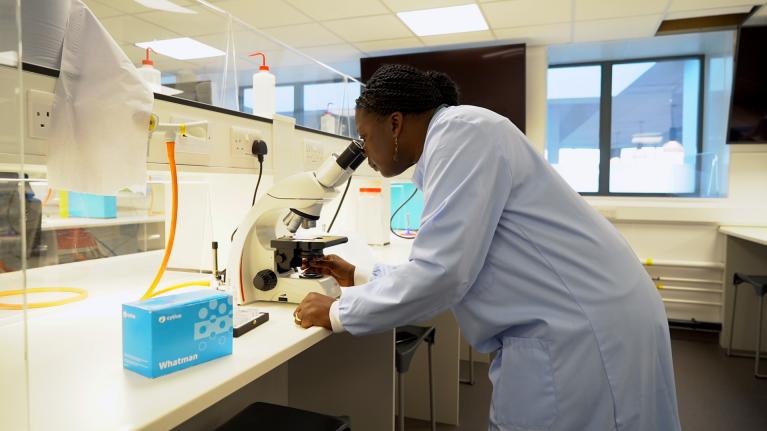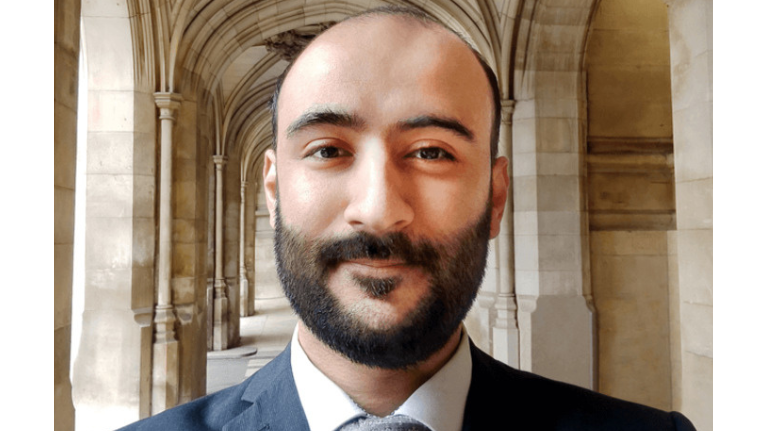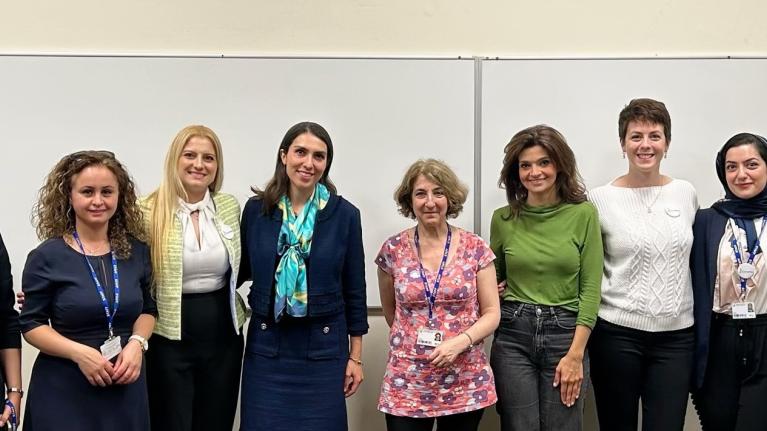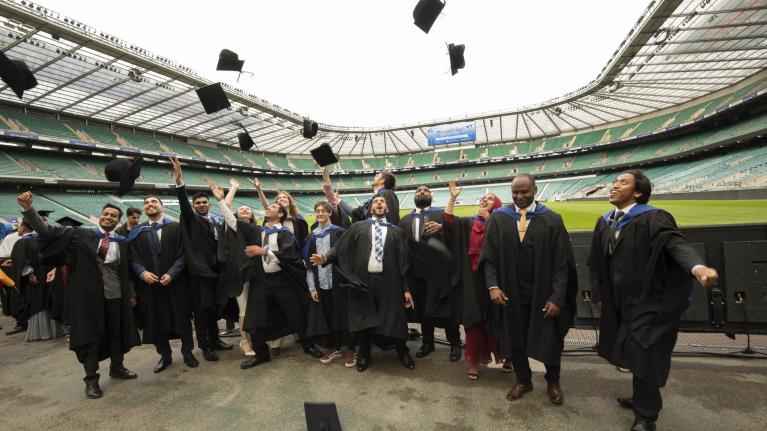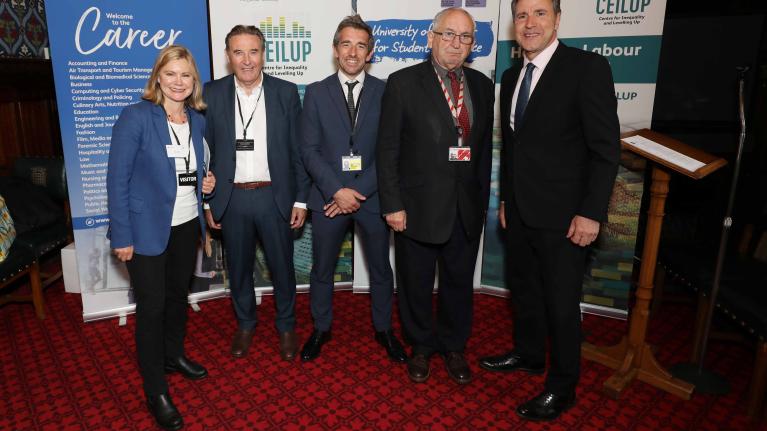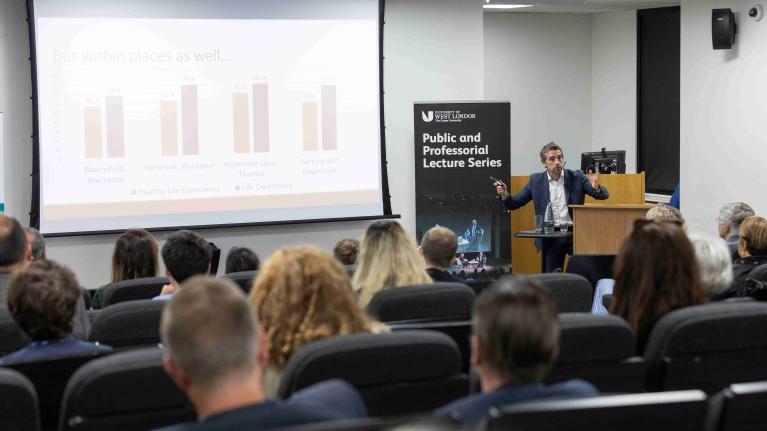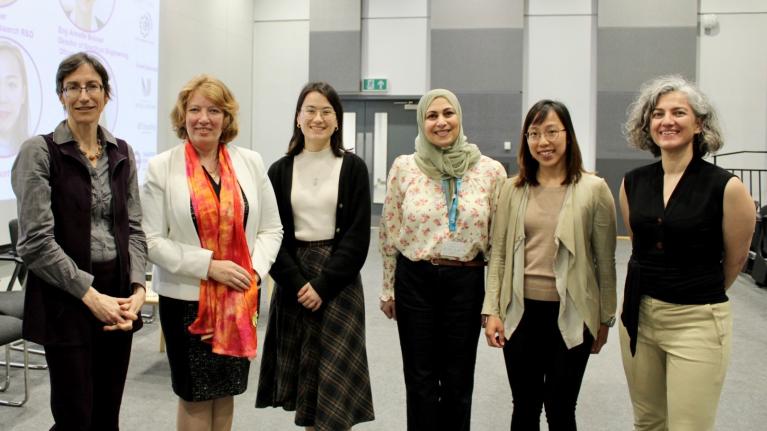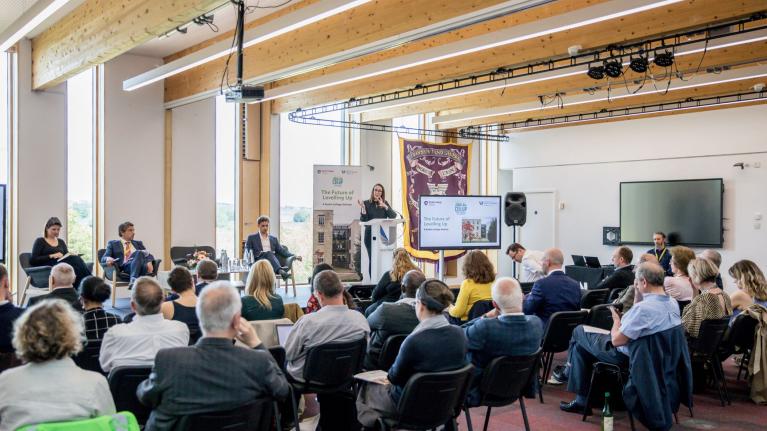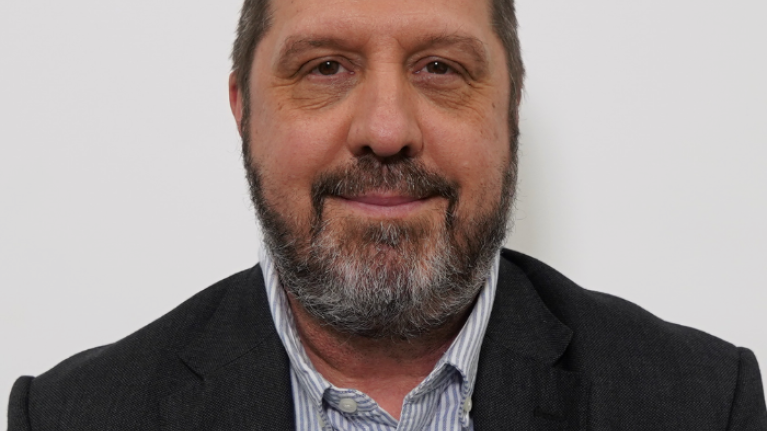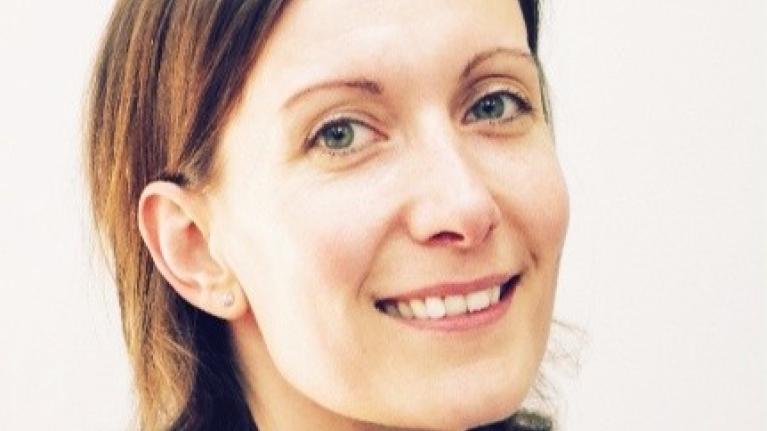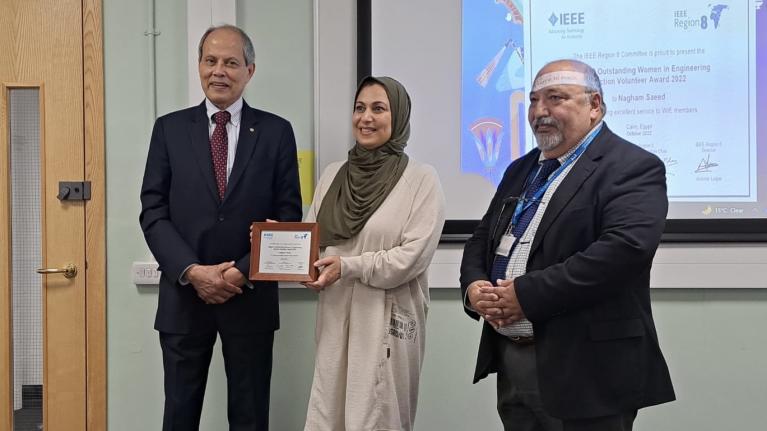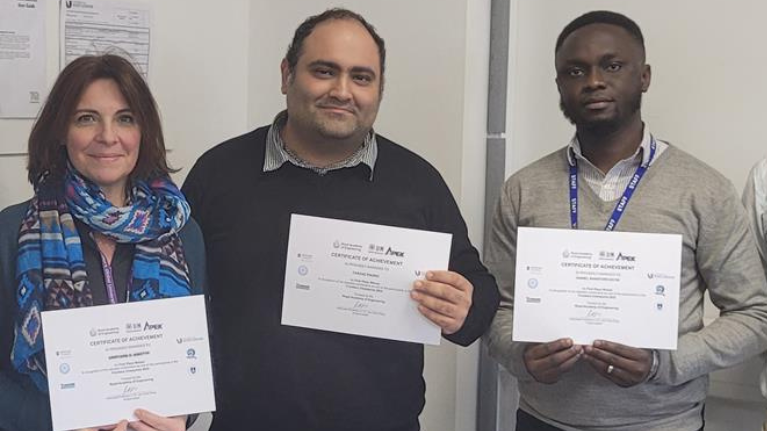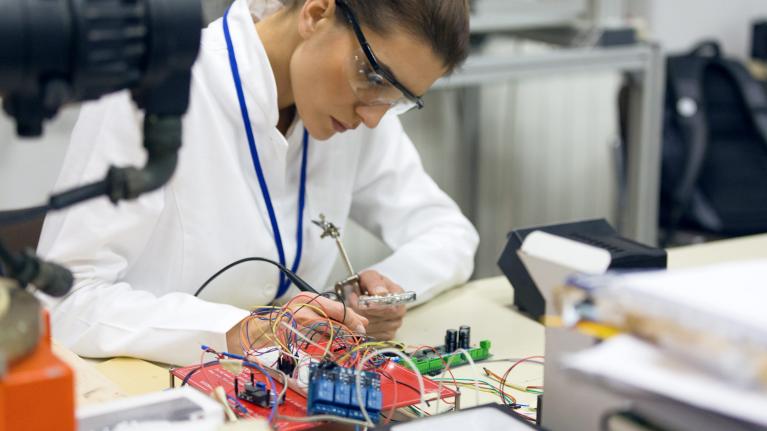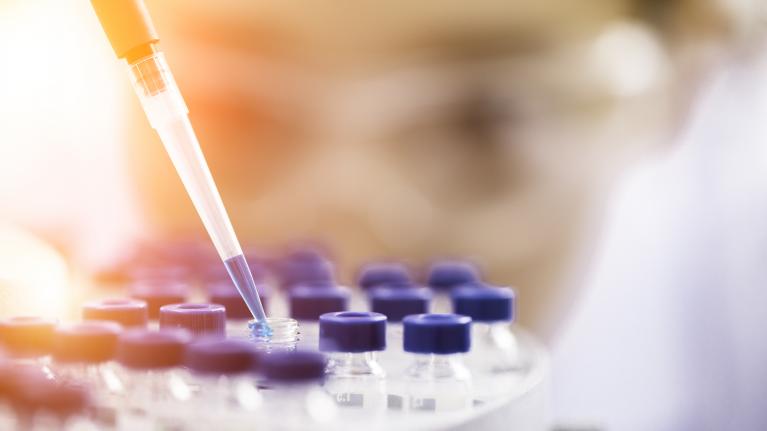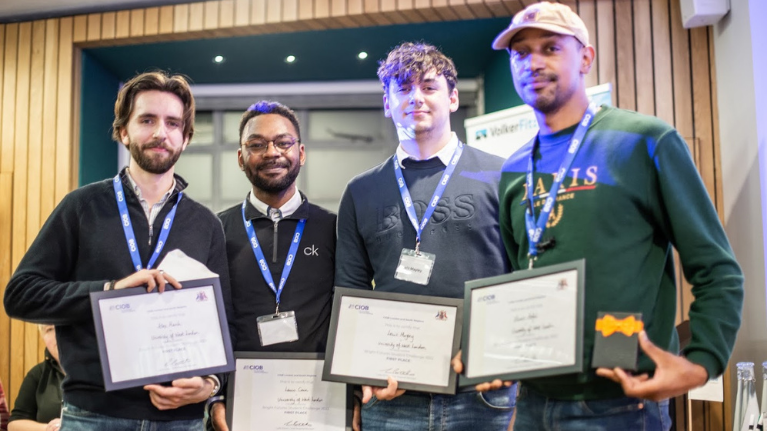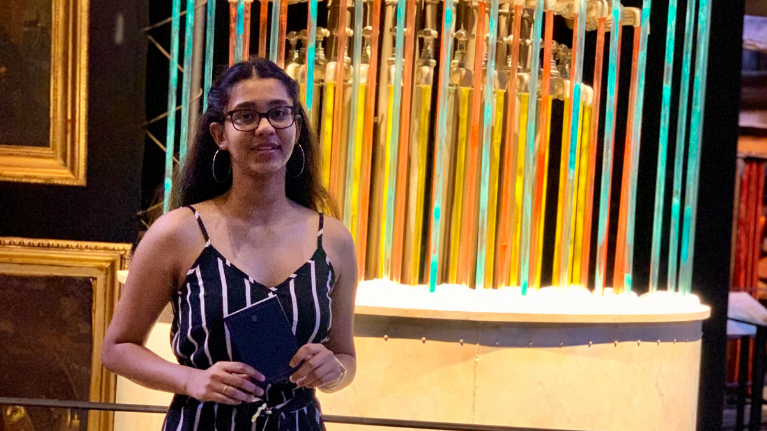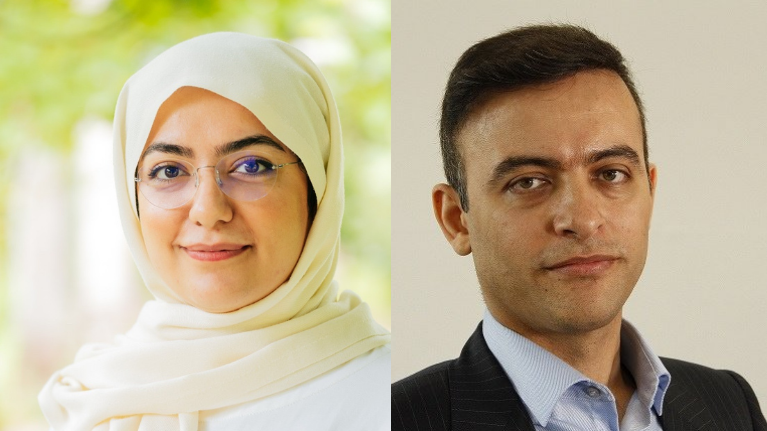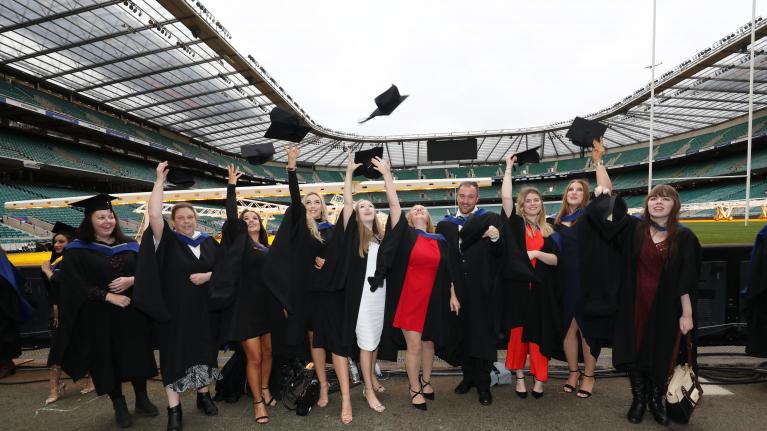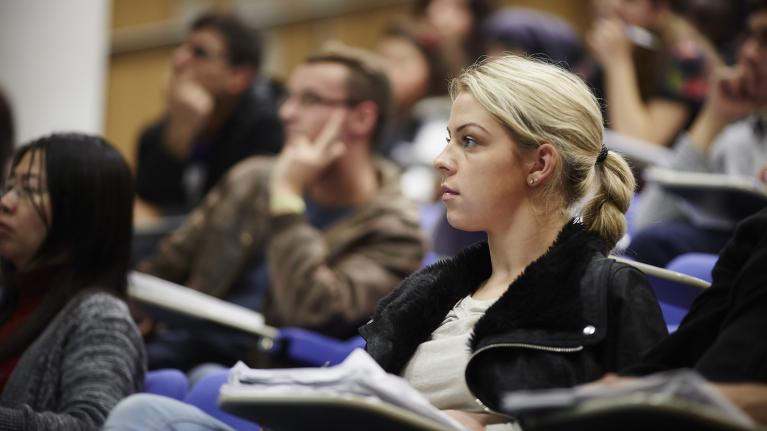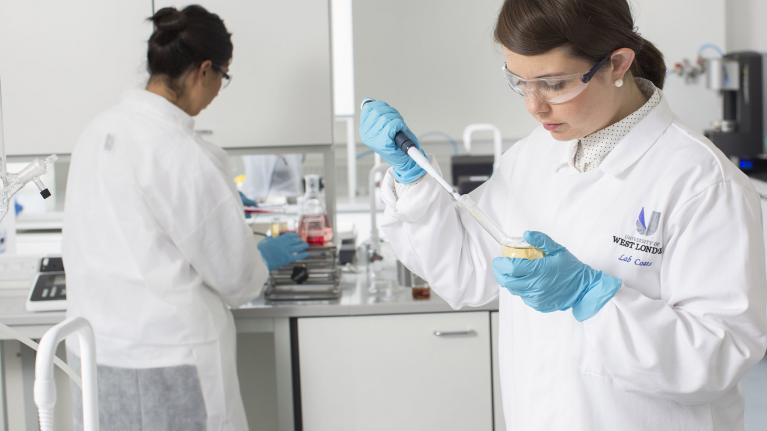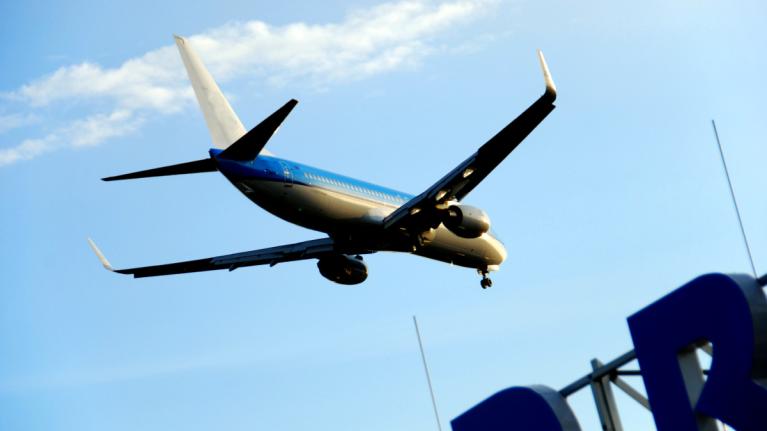
Faringdon Research Centre for Non-Destructive Testing and Remote Sensing participates in Building Information Modelling Heritage (BIMHERIT) event in Rome
Intro
UWL’s Faringdon Research Centre for Non-Destructive Testing and Remote Sensing recently participated in the final gala event of a remarkable BIMHERIT project in Rome, Italy. The event outlined new multidisciplinary research at the Circus of Maxentius, built by the Roman Emperor Marcus Aurelius Valerius Maxentius (283 – 312) along the legendary Appian Way in Rome.
Article body
BIMHERIT’s mission is to create a robust directory for culturally and historically significant structures. Roma Tre University hosted the event. UWL’s Faringdon Research Centre also collaborated with La Sapienza University of Rome and Musei in Comune Roma on the project.
Talks were delivered by an international team of archaeologists, engineers, surveyors and experts in ancient Roman history. Discussions focused on digital surveying, structural analysis, archaeological interpretation, conservation and the enhancement of cultural heritage.
Professor Phil Cox, Head of the School of Computing and Engineering (SCE), presented the UWL and Faringdon Centre activities during the morning opening session. Professor Fabio Tosti, Director of the Faringdon Centre, then communicated the findings of a study conducted with ground penetrating radar (GPR) and Light Detection and Ranging (LiDAR) on the Circus of Maxentius arena and the external walls.
Professor Cox said:
I was delighted to attend such a prestigious forum and knowledge exchange event in Rome for the dissemination of archaeological research. It was exciting to see unique and impactful results achieved through a variety of disciplines, methodologies and technologies. The Faringdon Centre played a fantastic role in demonstrating the benefits of GPR, producing some sensational findings.”
Professor Andrea Benedetto from Roma Tre University, PI of the project, commented:
The event was an excellent opportunity to merge different expertise and create a synergy between traditional approaches and emerging technologies for the better understanding of the immense historic asset of the Cirus of Maxentius inherited from the ancient Romans. We were delighted to collaborate with UWL’s School of Computing and Engineering and Faringdon Research Centre.”
Involvement in national and international projects with world-leading partners and knowledge exchange in the cultural heritage sector are crucial areas in which the Faringdon Centre will continue to invest in the future.
Faringdon Centre researchers have decades of industry experience and expertise in applications of ground-penetrating radar, remote sensing, big data, immersive technologies and structural engineering.
Related news
-
Meet the Head of the University of West London’s Graduate School, Caroline Lafarge
Now Head of the Graduate School, Professor Caroline Lafarge first came to the University of West London (UWL) in 2009 to study a post-graduate diploma in Psychology and never left.
-
New UWL study identifies parental alienation as a significant risk factor for those coping with family breakdown
Almost 60 per cent of people going through family breakdown are or have experienced parental alienating behaviours, according to a new report from the School of Human and Social Sciences.
-
University of West London recognises the importance of knowledge exchange with inaugural awards ceremony
April saw the University of West London recognise its growing portfolio of Knowledge Exchange activities with the UWL Knowledge Exchange Awards. Featuring five categories, the awards took place at the Ealing site.
-
Faringdon Research Centre for Non-Destructive Testing and Remote Sensing participates in Building Information Modelling Heritage (BIMHERIT) event in Rome
The event outlined new multidisciplinary research at the Circus of Maxentius, built by the Roman Emperor Marcus Aurelius Valerius Maxentius (283 – 312) along the legendary Appian Way in Rome.
-
UWL Associate Professor in Photography invited to present at Harvard University
Dr Junko Theresa Mikuriya was invited by Harvard University's Faculty of Arts and Sciences (FAS) CAMLab to present a paper at the ‘Medium of the Mind’ conference held on 8 and 9 March.
-
UWL holds London focused Levelling Up event at the House of Commons
The Centre for Inequality and Levelling Up (CEILUP) – part of the University of West London – recently held a special event at Westminster discussing the topics of Levelling Up in London, inequality in the capital and how they can be addressed by government.
-
UWL hosts inaugural TEDx event: Beyond Boundaries: Unleashing Limitless Perspectives
Topics under discussion included SEGA Europe and cyber security; research on astronaut bone health using smart tech to improve osteoporosis; digital dexterity, artificial intelligence (AI) and the future of creative communications and immersive engineering.
-
Hong Kong Institution of Engineers shortlists paper co-authored by UWL Professor of Civil Engineering as finalist for Structural Excellence Award
Professor Ali Bahadori-Jahromi, who leads The Building Performance and Climate Change Research Group at SCE, has received recognition in the HKIE’s annual awards.
-
Sky high: Computing students get a taste of media company’s technology careers
Early in February, 18 University of West London second and final year students from the School of Computing and Engineering (SCE) spent half a day at Sky’s Osterley campus to visit its data and technical teams.
-
Professor of Applied Philosophy at the University of West London (UWL) contributes to ground-breaking academic volume on Philosophical Health
Published by Bloomsbury, 'Philosophical Health: Thinking as a Way of Healing' examines the theory and practice of philosophical health in contemporary contexts of care.
-
UWL appoints new professor of Artificial Intelligence and Advanced Computing
Professor Julie Wall's research interests include machine and deep learning approaches to natural language processing, natural language understanding and speech technologies.
-
UWL Computing and Engineering students develop new skills at Enhancement Week workshops
More than 100 students participated in a range of special workshops looking at how to successfully apply for jobs, manage their social media presence and improve their first aid knowledge.
-
Meet Sarah, the inspiring Digital Technology Solutions Degree Apprenticeship Graduate
Sarah Jane Bartlett is the Housing Grants & Adaptations Manager at Hillingdon Council. The Council supported her dream to study for a BSc Digital Technology Solutions degree apprenticeship at the University of West London.
-
UWL Associate Professor of Biomedical Sciences meets the Princess Royal at opening of MRC Laboratory of Medical Sciences (LMS) building
Dr Bernadine Idowu, Associate Professor at the University of West London, was among those invited to meet the Princess as she toured the new Medical Research Council (MRC) Laboratory of Medical Sciences (LMS) building on Imperial College’s Hammersmith Hospital campus.
-
School of Computing and Engineering lecturer receives prestigious scientific award
Dr Livia Lantini, Lecturer in Civil Engineering at the University of West London (UWL), has won the 2024 Outstanding Early Career Scientist Award for the Geosciences Instrumentation and Data Systems (GI) Division from the European Geosciences Union (EGU).
-
Meet Dr Annie Yim, the LSO performer and London College of Music lecturer using music to address mental health
Dr Yim is receiving UWL's Knowledge Exchange seed funding for a spoken word mental health research project.
-
University of West London Associate Professor becomes Vice Chair of Institute of Electrical and Electronics Engineers (IEEE)
The IEEE is the world’s largest professional organisation with over 410,000 members. The IEEE aims to support advances in technology through building and inspiring a global community of engineers.
-
Students judge which academics can engineer the perfect dish in UWL MasterChef
More than 250 students from across the University joined for the lunchtime tasting and judging session. Students were impressed by the range and quality of German, Italian, Indian, Pakistani and Persian dishes prepared by SCE academic staff
-
University of West London professor wins Purpose Coalition Award for championing social mobility
Professor Graeme Atherton won the Positive Destinations for Young People award for his relentless commitment to breaking down barriers to opportunity and boosting social mobility.
-
Tech Industry Gold success for University of West London students
The University of West London’s Information Technology Management for Business (ITMB) students have once again won prizes in several categories at the Tech Industry Gold (TIG) Live event a King’s House Conference Centre in Manchester on Wednesday 22 November 2023.
-
New University of West London report argues levelling up funding is Boris Johnson’s legacy
The new publication from UWL’s Centre for Inequality and Levelling Up (CEILUP) examines how the government has distributed its flagship Levelling Up Fund.
-
Architectural Design Technology students and graduates attend CIAT Greater London Region Awards
Eight students and graduates from UWL’s School of Computing and Engineering (SCE) attended the ceremony, with four of them receiving awards and commendations.
-
World-leading expert in pavement and transportation engineering gives guest lecture on the future of transportation science at UWL
His presentation covered the latest scientific and technological developments in the sector, as well as transformative engineering innovations that are driving changes in society, the economy and the environment.
-
UWL research reveals hidden public health crisis affecting separated fathers
A new report titled Lost Dads: The Fathers and Family Breakdown, Separation, and Divorce Project reveals that more than 40 per cent of men (41.9%) seeking help after family breakdown had suicidal thoughts.
-
UWL's ECR Network: promoting collaboration among early career researchers
Designed to create an inclusive and collaborative community for emerging researchers, the ECR Network provides a platform for researchers to explore ground-breaking ideas, exchange knowledge and engage in practical discussions.
-
UWL's Engineering Future Sustainability open access journal – amplify your research impact
Engineering Future Sustainability provides a forward-thinking platform for exploring sustainable methodologies and spotlighting engineering endeavours that balance present necessities with future sustainability.
-
UWL brings students, graduates and employers together for Business, Computing and Engineering Careers Fair
As ‘The Career University’, UWL organises a programme of careers fairs throughout the year covering a range of disciplines and sectors. These support students to find work placements, part-time work and graduate employment.
-
Fast forward: UWL researchers win funding to develop better, more cost-effective AI software
AI experts from the UWL’s School of Computing and Engineering have been awarded a £162,005 grant by national innovation agency Innovate UK to develop high performance machine learning software.
-
UWL academic secures Knowledge Exchange funding for 'Future Flight' Masters course
Dr Anil Padhra, from UWL’s London Geller College of Hospitality and Tourism, has secured funding from Innovate UK’s ‘Future Flight Challenge’, which is investing in projects that can help build on the UK aviation industry’s skills.
-
UWL students gain summer employment at the Civil Aviation Authority
Some of the eleven students are studying Aviation at UWL’s London Geller College of Hospitality and Tourism (LGCHT) and others Engineering at the School of Computing and Engineering (SCE).
-
UWL team selected as finalists for Ofwat’s Water Discovery Challenge
Researchers from the School of Computing and Engineering have received a £50,000 grant along with additional practical support, including mentoring by experts from Thames Water and South West Water.
-
The UWL Doctoral Students' Conference 2023
The University of West London Graduate School’s 26th annual Doctoral Students’ Conference saw as many as 130 research students and academic colleagues take part.
-
UWL lecturer’s research article published in the Journal of Ethnicity in Criminal Justice
Dr Rashid Minhas' article uses real-life cases to illustrate instances where negative stereotypes have influenced decision-making, leading to unjust outcomes.
-
Opera performance supports dementia-friendly events to increase access to the arts
The event was a special preview of a new contemporary opera ‘The Last Siren’, a 30-minute piece that takes a fresh look at the Greek myth from Homer’s Odyssey.
-
Seventh BME Early Career Researcher Conference in Leeds sparks international interest
The conference was originally founded by UWL Associate Professor of Biomedical Sciences Dr Bernadine Idowu.
-
UWL PhD student wins best paper at Doctoral Conference and is nominated in FindAUniversity awards
Agha Usama Hasan recently completed his PhD at the University of West London’s School of Computing and Engineering, working with German supermarket retailer Lidl on making its UK supermarket buildings more carbon neutral.
-
UWL’s WInSTEM group discusses women in academia
UWL’s WInSTEM committee, organised by staff from the School of Computing and Engineering, promotes gender diversity and inclusivity within the academic community.
-
UWL Professor Fabio Tosti named editor-in-chief of new international scientific journal NDT
Fabio, who is also Director of The Faringdon Research Centre for Non-Destructive Testing and Remote Sensing, is a world expert on ground penetrating radar and remote sensing technologies.
-
2023 graduation celebrations begin for UWL students!
Across two days and eight ceremonies featuring thousands of students, 15 honorary degrees and countless handshakes and hugs, it is time for the University of West London’s graduation festivities to begin!
-
“How Can Labour Level Up?” report launched at the House of Commons
The University of West London’s Centre for Inequality and Levelling Up (CEILUP) launched its latest research report at a special event attended by politicians, policymakers and NGOs.
-
University of West London summer lecture: Levelling up and why it will decide the next election
Head of UWL’s Centre for Inequality and Levelling Up (CEILUP), Professor Graeme Atherton, gave a stimulating lecture addressing poverty, inequality and the political importance of levelling up.
-
Researchers from UWL School of Computing and Engineering win British Council grant
Collaborating researchers from UWL’s School of Computing and Engineering and the Prince Sultan University in Saudi Arabia have received a £43,000 grant from the British Council’s UK Saudi Challenge Fund.
-
Spotlighting women engineers: UWL hosts Connected Smart Cities event
UWL played host to women engineers from business and academia last month as it hosted an IEEE Women in Engineering Early Profession Conference. Organisations represented included BT, Huawei, Ofcom, TfL and Brunel University.
-
Final-year UWL Electronic and Electrical Engineering students visit Ofcom’s Baldock lab
A group of final year BEng (Hons) Electronic and Electrical Engineering students were lucky enough to visit Ofcom's Baldock facility last month, exploring the operation room and the labs, where they were introduced to the equipment being used.
-
The expanding frontiers of genomic and proteomic technologies
The University of West London’s Professor of Microbiology, Professor Hermine Mkrtchyan, was one of the organisers of the 22nd International Conference on ‘The expanding frontiers of genomic and proteomic technologies’.
-
Oxford College seminar discusses the future of levelling up
The Centre for Inequality and Levelling Up (CEILUP), a UWL research centre, held an event - ‘the Future of Levelling Up’, examining progress in tackling regional inequality - at Ruskin College, Oxford on Thursday 11 May.
-
UWL PhD student publishes paper assessing the sustainability of supermarket buildings
The study from Agha Hasan, from the School of Computing and Engineering's Building Performance and Climate Change research group, is one of the first to appear in the new journal, published by UWL and the Temporary Work Forum.
-
Meet Professor Philip Cox, new Head of the School of Computing and Engineering (SCE)
Professor Philip Cox joined the University of West London (UWL) as Head of the School of Computing and Engineering (SCE) at the beginning of March 2023.
-
Meet Professor Aude Bicquelet-Lock, UWL’s new Director of Research and Development
UWL's new Director of Research and Development, Aude Bicquelet-Lock, discusses the rich potential of the University's research environment.
-
UWL students shine at Tech Industry Gold Live! awards
Students from UWL's School of Computing and Engineering won prizes in two different categories at the Tech Industry Gold Live! event held at Edgbaston Stadium in Birmingham last month.
-
UWL’s School of Computing and Engineering (SCE) receives funding for project on reversing environmental degradation
Dr Nagham Saeed, Senior Lecturer at the University of West London’s School of Computing and Engineering (SCE), has received seed funding from the Royal Academy of Engineering (RAE) to lead a project on reversing environmental degradation.
-
UWL student team wins Royal Academy of Engineering Frontiers Champions 2022
Find out more about UWL's team of students from the School of Computing and Engineering, who won a competition as part of the Royal Academy of Engineering’s Frontiers Champions 2022 initiative.
-
Project management students learn from experts in the field
Find out more about the importance of project management courses and what the School of Computing and Engineering at UWL offers.
-
UWL researchers publish paper on robotic systems
A research team from UWL’s School of Computing and Engineering has had their robotics paper “An Interface Platform for Robotic Neuromorphic Systems”, published in the international, peer-reviewed, journal Chips Journal.
-
UWL Business, Computing and Engineering Careers Fair was a great success for students
The University of West London hosted a careers fair for Business, Computing and Engineering students connecting them with many employers in our first in-person fair since COVID-19.
-
Cutting-edge UWL cross-faculty collaborative project to tackle retinal degeneration wins funding from the Royal Society
UWL Senior Lecturer in Pharmaceutics and founder of the Biotherapeutic Research Group, Dr Hanieh Khalili, has received a prestigious seeding award from the Royal Society to initiate a ground-breaking new project.
-
UWL academic advises HRH The Prince of Wales on the future of sustainable flight
The Prince of Wales has joined leading figures in the aviation industry to discuss the future of sustainable aviation at the University of West London.
-
Students gain invaluable hands-on experience on exclusive site visit
Students from the University of West London (UWL) gained first-hand experience in construction project management during an exclusive site visit to the Chancery House Project.
-
UWL students take first prize in national contest
A team of four students from the University of West London (UWL) have won first prize at the Chartered Institute of Building’s (CIOB) Bright Futures Challenge.
-
Computer scientist paves the way for a strong future in STEM
Showcasing the positives of women in science, a University of West London student is setting out to challenge perceptions and empower others like her to build their careers in science and technology.
-
Funding success for engineers focused on transforming futures
Celebrating another round of funding success, engineers from UWL will put their expertise to use by solving problems across the world and inspiring future generations.
-
Student developer defies critics to build a dream future in tech
Discovering how a passion can transform the future, a UWL student is about to start his dream job in coding as one of the first to graduate from a new MSc in Artificial Intelligence.
-
Final day of celebrations as hundreds collect UWL degrees at iconic stadium
Celebrations rang out across Twickenham Stadium on Friday in the last day of a week of UWL graduation ceremonies.
-
Lecturer awarded for supporting young minds across London
Transforming lives across London, a UWL lecturer has been praised for his work helping young people from disadvantaged backgrounds not only get into higher education, but secure jobs in professional industries.
-
Covid hygiene could help fight antibacterial resistance
Keeping up Covid-levels of hygiene awareness long-term could help tackle the spread of deadly antimicrobial resistance, according to new research from the University of West London (UWL) and Royal Holloway University of London.
-
Lecturer wins research fellowship for using AI to tackle city flooding
A UWL researcher will use artificial intelligence to reduce flood risks in the UK and across the world – drastically improving quality of life for residents thanks to a prestigious funding grant.
-
Education vital in ‘levelling up’ UK inequalities post-Covid, report finds
Addressing inequality across the Midlands and north of England needs to focus on providing better, local learning opportunities and move away from talking about social mobility as we emerge from Covid-19 restrictions, a report has found.
-
Ealing Food Lab stars in C5 documentary
A food product development centre based at the University of West London in Ealing has featured in Channel 5 documentary looking at the secrets of supermarket food.
-
Including online interactions may slow memory decline, study finds
Regularly communicating with friends and family online as well as in person can help maintain long-term memory among older people, according to a study by the UWL's Geller Institute of Ageing and Memory, and the University of Manchester.
-
UWL lecturer showcases the place of women in STEM
Making sure no girl feels excluded from a future in science, a University of West London (UWL) diversity champion is drawing on her own experiences to inspire the next generation of trailblazers.
-
Student's work helps to combat human trafficking in aviation
Research undertaken by a University of West London (UWL) student is now being used by an influential not-for-profit organisation to fight the business of slavery in the aviation industry.
-
UWL student praised by video game giant SEGA
University of West London (UWL) Computer Science student Husna Gul has been recognised by the multinational video game developer and publisher SEGA.
-
UWL celebrates its research community making a real difference to society, science and the economy
From cyber monitoring and artificial intelligence, to monitoring the health of ancient trees, this year’s School of Computing and Engineering Research Showcase highlighted the fascinating topics explored at the University of West London (UWL).




